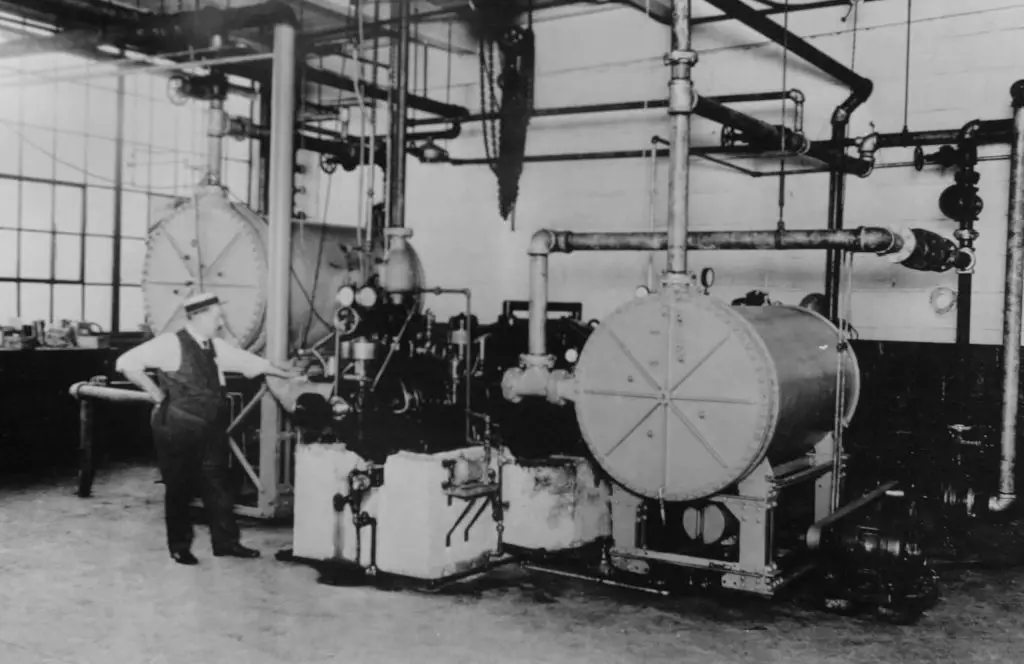It’s hard to imagine living in a world without air conditioning, especially during the scorching heat of the summer months. As we crank up our AC units to stay cool, it’s important to take a step back and appreciate the fascinating history and evolution of air conditioning. From ancient cooling systems to modern central air conditioning, the journey of the air conditioner is nothing short of intriguing.
The Ancient Cooling Systems
Ancient civilizations had their own techniques for staying cool in hot climates. The ancient Egyptians, for example, used a form of air conditioning by hanging wet reeds in windows. As the air passed through the reeds, it cooled down before entering the living spaces. Meanwhile, the Romans circulated aqueduct water through the walls of some buildings to cool them down.
The Birth of Modern Air Conditioning
While these early systems were rudimentary, the modern concept of air conditioning as we know it today began to take shape in the 19th and 20th centuries. The breakthrough came in 1902 when Willis Haviland Carrier invented the first electrical air conditioning unit. Carrier’s invention was originally designed to control humidity in a printing plant, but it soon became apparent that it could also be used to cool the air.
Carrier’s invention marked the birth of modern air conditioning, and it wasn’t long before the technology began to spread. Movie theaters were among the first public spaces to adopt air conditioning, which not only kept patrons comfortable but also helped to keep the film projectors from overheating.
The Advancements in Air Conditioning Technology
Following Carrier’s invention, significant advancements were made in air conditioning technology. Central air conditioning systems were developed, allowing for whole buildings to be cooled efficiently. Over time, the development of more energy-efficient and environmentally friendly refrigerants has also been a focus of the industry.
Today, smart thermostats and energy-efficient HVAC systems have become standard in many homes, offering precise control over indoor temperatures while reducing energy consumption. Furthermore, the integration of technology such as machine learning and IoT (Internet of Things) has made modern air conditioning systems smarter and more adaptive to users’ preferences.
The Environmental Impact
While air conditioning has undoubtedly improved the quality of life for many people, it’s important to consider its environmental impact. The energy consumption associated with air conditioning has contributed to the exacerbation of climate change. As a result, there has been a growing focus on developing and adopting sustainable cooling technologies that minimize energy use and utilize eco-friendly refrigerants.
/https://tf-cmsv2-smithsonianmag-media.s3.amazonaws.com/filer/0a/31/0a31b964-654d-4a1c-acc9-2a3af673e91b/gettyimages-96738310.jpg)
Credit: www.smithsonianmag.com
The Future of Air Conditioning
Looking ahead, the future of air conditioning is likely to be shaped by innovation in energy efficiency and sustainability. Researchers and engineers are actively working on developing air conditioning systems that are powered by renewable energy sources and have minimal environmental impact.
Furthermore, as the world continues to urbanize and the demand for cooling increases, there is a growing emphasis on designing buildings and urban spaces that naturally stay cooler, reducing the reliance on mechanical cooling.
Conclusion
The invention and evolution of air conditioning have transformed the way we live and work, providing comfort in extreme temperatures and enabling advancements in various industries. As we celebrate the legacy of air conditioning, it’s essential to continue striving towards sustainable and efficient cooling solutions for the future.

